Introduction
German cuisine is renowned for its hearty, flavorful dishes that often feature rich, savory meats and traditional sides. One such iconic meal is Sauerkraut and Pork Knuckle Stew, a comforting, soul-warming dish that combines tender, slow-cooked pork knuckles with tangy, fermented sauerkraut. This classic German recipe is not only delicious but also steeped in history and tradition, often associated with Oktoberfest and other festive occasions.
In this comprehensive guide, we’ll walk you through every step of making authentic German Sauerkraut and Pork Knuckle Stew from scratch. From selecting the perfect ingredients to mastering the cooking technique, we’ll ensure you create a dish that tastes just like it came from a traditional German kitchen.
Ingredients
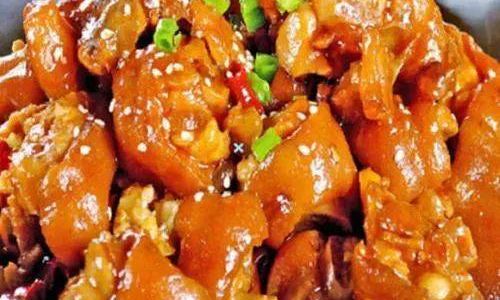
Before diving into the cooking process, let’s gather all the necessary ingredients. Note that while some items might be easily accessible in your local grocery store, others might require a visit to a specialty market or an online retailer.
For the Pork Knuckle:
- 2 large pork knuckles (also known as pork hocks or schweinshaxe), about 2-3 pounds each
- Salt, to taste
- Freshly ground black pepper, to taste
- 2 tablespoons vegetable oil or lard
- 1 large onion, chopped
- 2 carrots, peeled and chopped
- 2 celery stalks, chopped
- 2 cloves garlic, minced
- 1 cup dry white wine (optional, but recommended for added flavor)
- 2 cups pork or beef broth
- 1 bay leaf
- A few sprigs of fresh thyme
- 1 teaspoon caraway seeds (optional, but traditional)
- 1 teaspoon black peppercorns
- 1 teaspoon juniper berries (optional)
For the Sauerkraut:
- 2 pounds fresh or jarred sauerkraut, drained and rinsed (if using jarred)
- 1 large apple, peeled, cored, and chopped (optional, but adds sweetness and tang)
- 1 small onion, finely chopped
- 2 tablespoons butter or vegetable oil
- 1 tablespoon brown sugar or honey (optional, to balance the acidity)
- Salt and freshly ground black pepper, to taste
Additional Ingredients (Optional, for Serving):
- Mustard, for dipping
- Horseradish sauce, for dipping
- Pretzels or bread, for serving
Equipment:
- Large, heavy-bottomed pot or Dutch oven with lid
- Tongs or meat forks for handling the pork knuckles
- Wooden spoon or ladle for stirring
- Measuring cups and spoons
- Knife and cutting board
- Strainer or colander for rinsing sauerkraut
Step-by-Step Instructions
Preparing the Pork Knuckle:
a. Trimming and Seasoning:
Begin by trimming any excess fat or sinew from the pork knuckles. Season the knuckles generously with salt and freshly ground black pepper on all sides. This will help create a flavorful crust as they cook.
b. Searing the Knuckles:
Heat the vegetable oil or lard in a large, heavy-bottomed pot or Dutch oven over medium-high heat. Once the oil is hot, carefully place the seasoned pork knuckles in the pot, using tongs or meat forks to avoid splattering hot oil. Sear the knuckles until they are browned on all sides, about 5-7 minutes per side. This will lock in juices and add depth of flavor to the stew.
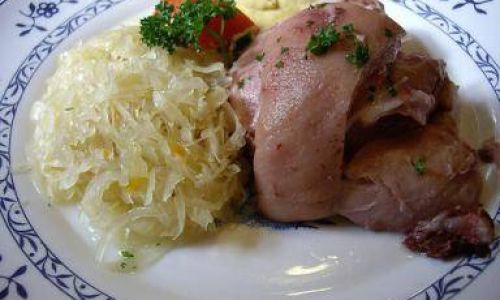
c. Adding Aromatics and Deglazing:
Once the knuckles are browned, remove them from the pot and set them aside on a plate. In the same pot, add the chopped onion, carrots, celery, and minced garlic. Sauté these vegetables until they are softened and fragrant, about 5-7 minutes. If using, pour in the dry white wine and stir to deglaze the bottom of the pot, scraping up any browned bits stuck to the surface. This will add additional flavor to the stew.
d. Simmering the Knuckles:
Return the seared pork knuckles to the pot, nestling them among the vegetables. Pour in the pork or beef broth, ensuring it covers at least half of the knuckles. Add the bay leaf, thyme sprigs, caraway seeds, peppercorns, and juniper berries if using. Bring the mixture to a boil, then reduce the heat to low, cover the pot, and let it simmer gently for about 2-3 hours, or until the pork knuckles are tender and falling off the bone.
Preparing the Sauerkraut:
While the pork knuckles are simmering, let’s prepare the sauerkraut.
a. Sautéing Aromatics:
In a separate skillet or saucepan, heat the butter or vegetable oil over medium heat. Add the finely chopped onion and sauté until it is translucent and softened, about 3-5 minutes.
b. Cooking the Sauerkraut:
Add the drained and rinsed sauerkraut to the skillet, along with the chopped apple if using. Stir to combine and cook for about 5-7 minutes, until the sauerkraut is heated through and slightly caramelized. If the sauerkraut is too tangy for your taste, you can add a tablespoon of brown sugar or honey to balance the acidity. Season with salt and freshly ground black pepper to taste.
Combining the Ingredients:
Once the pork knuckles are tender and cooked through, it’s time to combine them with the sauerkraut.
a. Adding Sauerkraut to the Stew:
Carefully transfer the cooked pork knuckles to a plate or bowl using tongs or meat forks. If there is a lot of liquid in the pot, you can remove some of it to prevent the stew from becoming too soupy. Then, add the cooked sauerkraut mixture to the pot, stirring to combine with the vegetables and broth.
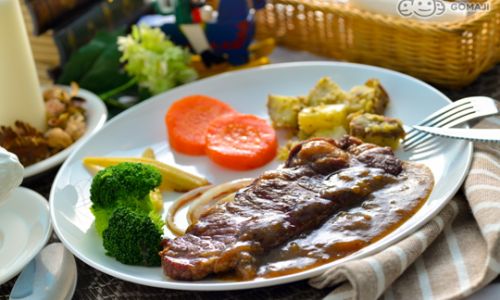
b. Final Simmering:
Nestle the pork knuckles back into the pot, submerging them in the sauerkraut and broth mixture. If necessary, add a bit more broth to ensure the knuckles are mostly covered. Bring the stew to a gentle simmer, then reduce the heat to low, cover the pot, and let it cook for an additional 30 minutes to an hour, allowing the flavors to meld together.
Serving the Stew:
Your German Sauerkraut and Pork Knuckle Stew is now ready to serve.
a. Plating:
Use tongs or meat forks to carefully remove the pork knuckles from the pot and place them on a serving platter. Spoon the sauerkraut and vegetable mixture around the knuckles, and ladle some of the broth over the top for added moisture and flavor.
b. Accompaniments:
Serve the stew with mustard and horseradish sauce on the side for dipping. Pretzels or crusty bread are also excellent accompaniments, providing a crunchy contrast to the tender meat and tangy sauerkraut.
Storage and Reheating:
If you have leftovers, you can store the stew in an airtight container in the refrigerator for up to 3-4 days. To reheat, place the desired portion in a saucepan or microwave-safe dish and heat until warmed through, stirring occasionally.
Conclusion
Making authentic German Sauerkraut and Pork Knuckle Stew may seem like a daunting task, but with this detailed guide, you’ll find it’s a rewarding and enjoyable process. From the rich, succulent pork knuckles to the tangy, flavorful sauerkraut, this dish offers a perfect balance of textures and flavors that will leave you feeling satisfied and content.

Whether you’re celebrating Oktoberfest, hosting a dinner party, or simply enjoying a cozy night in, this German classic is sure to impress and delight your guests. So, gather your ingredients, roll up your sleeves, and get ready to create a meal that’s as hearty as it is delicious. Prost!
Additional Tips and Variations:
-
Marinating the Pork Knuckles: For even more flavor, consider marinating the pork knuckles in a mixture of garlic, herbs, and vinegar overnight before cooking. This will help to tenderize the meat and infuse it with additional aroma and taste.
-
Using Fresh Sauerkraut: If you have access to fresh sauerkraut, feel free to use it instead of jarred. Fresh sauerkraut often has a more vibrant flavor and texture. Just make sure to rinse and drain it well before cooking.
-
Adding Potatoes or Noodles: For a heartier meal, you can add peeled and quartered potatoes or cooked noodles to the stew during the final simmering stage. This will absorb the delicious broth and add additional comfort to the dish.
-
Adjusting the Tanginess: Sauerkraut can vary in tanginess depending on how long it has been fermented. If your sauerkraut is particularly tangy, you can reduce the amount used or add a bit more sugar or honey to balance the acidity.

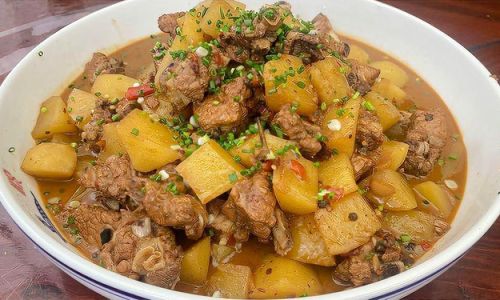
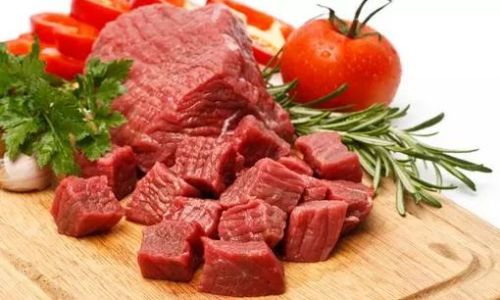
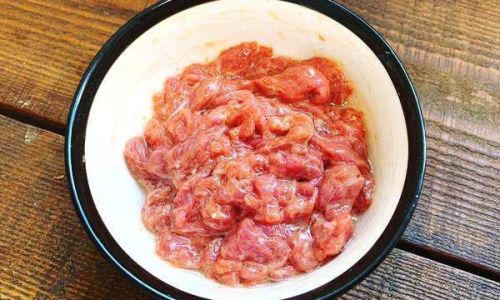
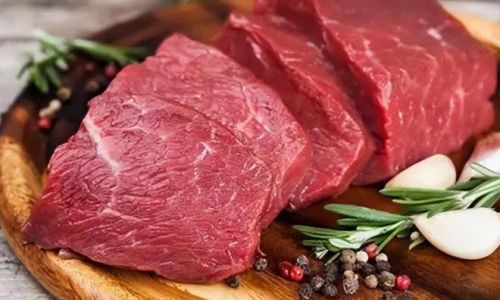
0 comments